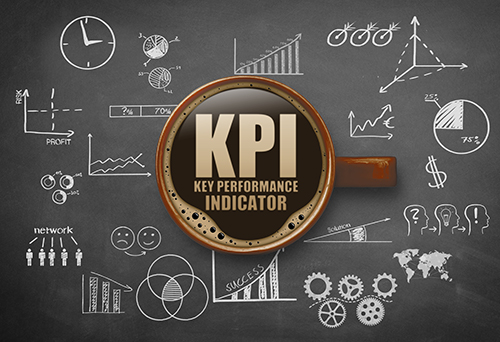Introduction to Key Performance Indicators
“85% of organizational problems can be attributed to processes and management, while workers are responsible for only 15%” Aurel Brudan, CEO of smartKPIs.com Key Performance Indicators (KPIs) are among the most commonly used tools that companies employ to help manage more effectively and guide their progress. It allows for transparency to any “trouble-spots” and provides illumination to potential opportunities. In brief, KPIs are the top level data companies use to measure performance and plan for the future.
Managers need KPIs for a number of reasons:
1. To determine where you have been and what performance looks like from the past
2. To track the progress of change
3. To plan and prepare where you are going, what success looks like in the future and identify how to achieve success
Key Performance Indicators (KPIs) help managers understand how their organizations are performing in relation to their strategic goals and objectives. When set and used properly, KPIs provide an indicator to senior managers and stakeholders as to how the organization is performing and whether performance is on track with projections.
Use KPIs in business as you would in your daily life. For example, if your objective is to lose 20 pounds, then that becomes your goal. To achieve this, you set KPIs (milestones along a timeline) to illustrate your progress toward your goal. For example, how many pounds do you want to lose each week; each month? Can you cut down on specific fatty foods and how will you measure that? Do you need to increase the amount of physical exercise? How do you plan to measure that? Or if your goal is to run a marathon, your KPIs are how many miles you can run in a day or in a week, etc.
The same is true within any organization. You establish a set of objectives first, and then use KPIs to measure your progress toward achieving those goals. It’s important not to confuse goals with KPIs. A simple example would be that your goal is to build your cash reserve to $100,000. Your KPI to reach that goal would be to add $10,000 per month to cash reserves. The metric would be how much cash you actually contribute toward the total goal. Or if your goal is to increase overall profits by 30 percent, then your KPI would be the amount of profit increase over the last 30 days.
The term “key performance indicator” tends to be misunderstood and overused. Managers tend to use a KPI as a catch-all descriptor to describe any form of measurement of business data. For KPIs to work for your business, you need to identify those metrics that matter to your business performance (see Pdf: “49 essential KPI Tips”). We will offer an overview of KPIs and how they are measured using a balanced scorecard, and then drill down into the KPIs that we use most frequently with our clients – those that relate to fiscal performance. As part of the discussion, we will also offer an example from one of our
clients who were able to quadruple their profits with the help of KPIs.
Please keep reading by printing the full report or downloading it as a .pdf here.


